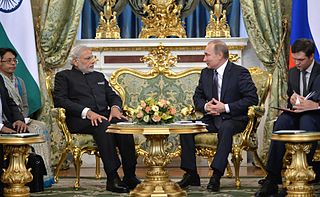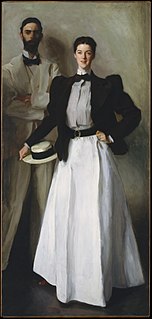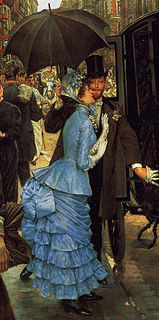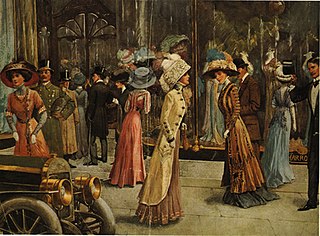It has been requested that the title of this article be changed to Informal wear . Please see the relevant discussion on the discussion page. Do not move the page until the discussion has reached consensus for the change and is closed. |
This article has multiple issues. Please help improve it or discuss these issues on the talk page . (Learn how and when to remove these template messages) (Learn how and when to remove this template message)
|

| Part of a series on |
| Western dress codes and corresponding attires |
|---|
 |
Supplementary
|
Legend: Contents |
Informal attire, also called international corporate attire, Western business attire, business/office wear or tenue de ville is a dress code, typified by a suit (and a necktie for men). On the scale of formality, informal attire is less formal than semi-formal. It is more presentational than semi-casual, but offers more room for personal expression than semi-formal dress.

A dress code is a set of rules, often written, with regards to clothing. Dress codes are created out of social perceptions and norms, and vary based on purpose, circumstances and occasions. Different societies and cultures are likely to have different dress codes.

In clothing, a suit is a set of garments made from the same cloth, usually consisting of at least a jacket and trousers. Lounge suits, which originated in Britain as country wear, are the most common style of Western suit. Other types of suit still worn today are the dinner suit, part of black tie, which arose as a lounging alternative to dress coats in much the same way as the day lounge suit came to replace frock coats and morning coats; and, rarely worn today, the morning suit. This article discusses the lounge suit, elements of informal dress code.

A necktie, or simply a tie, is a long piece of cloth, worn, usually by men, for decorative purposes around the neck, resting under the shirt collar and knotted at the throat.
Informal should not be confused with casual, not even smart casual — in loose common usage, many people refer to informal dress as semi-formal or formal and formal dress (in the technical sense — that is, white tie, black tie, and similar) as very formal. The technical definition of informal is used in this article.

Smart casual is an ambiguously defined Western dress code that is generally casual wear but with additional components of a proper lounge suit from traditional informal wear. Different localities, kinds of events, contexts, or cultures can have varying interpretations of the dress code and therefore the designation of certain clothing pieces as smart casual is disputed, as its distinction, if any, from business casual.
The informal attire is most commonly used for business events and meetings, job interviews, or in professions like law and finance. It is a conservative dress code that aims to show respect to the situation and not draw attention. [1] [ dead link ]




















